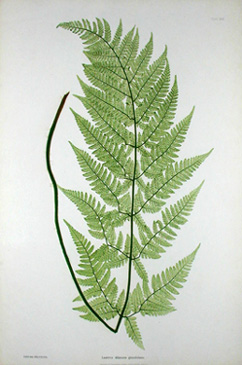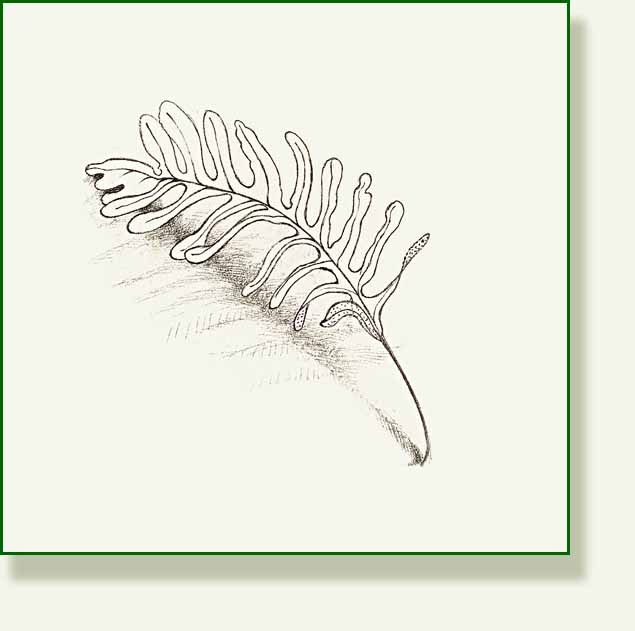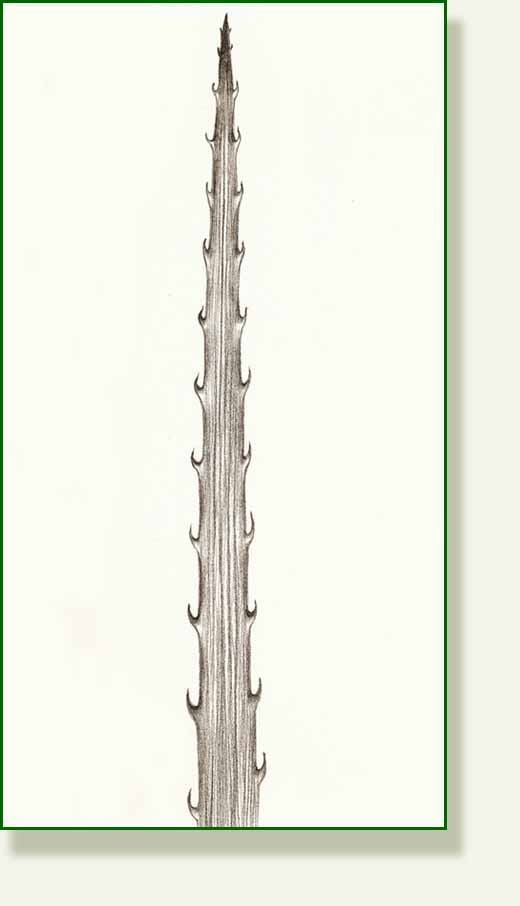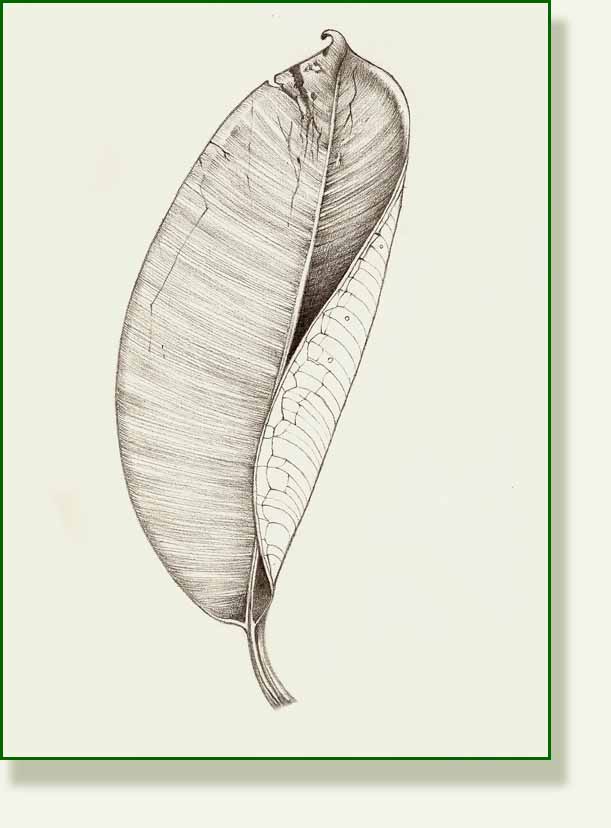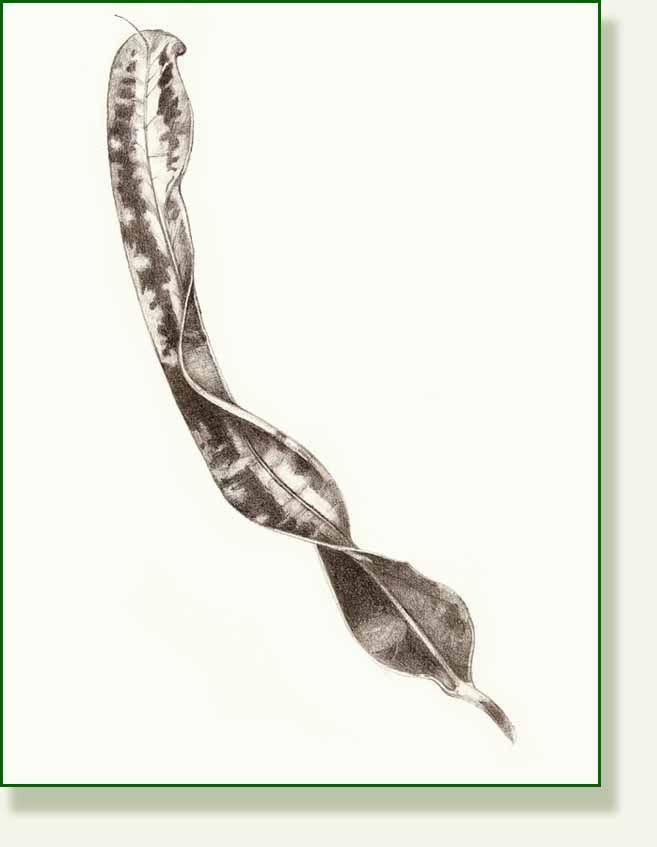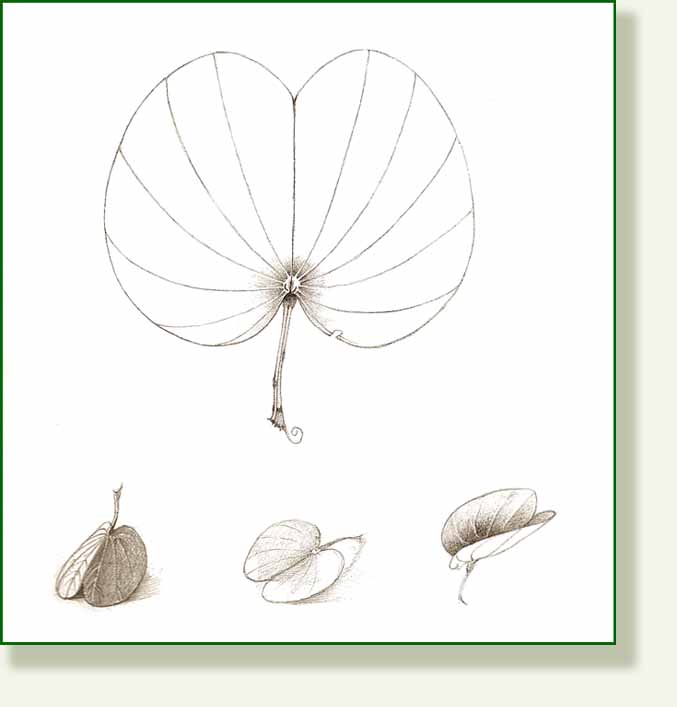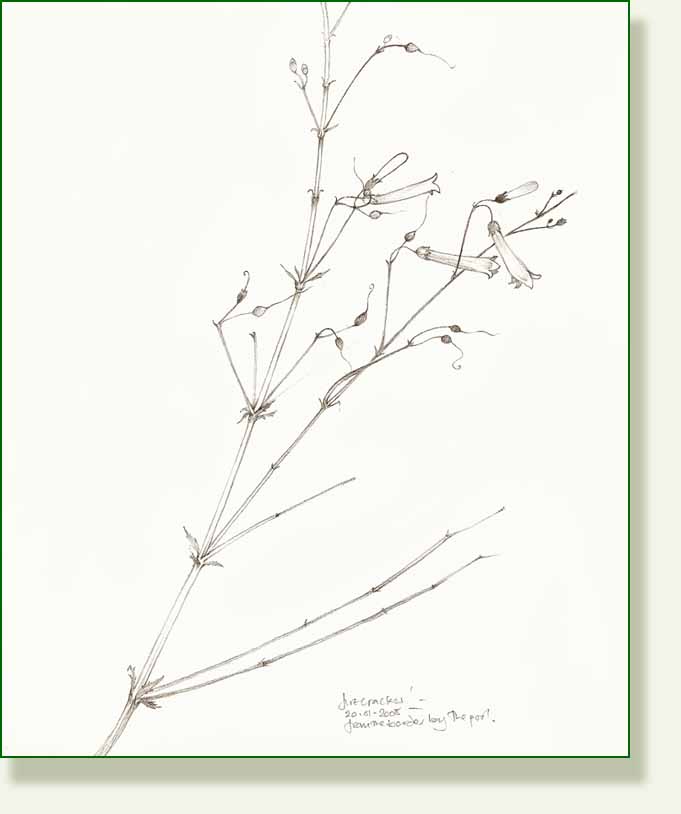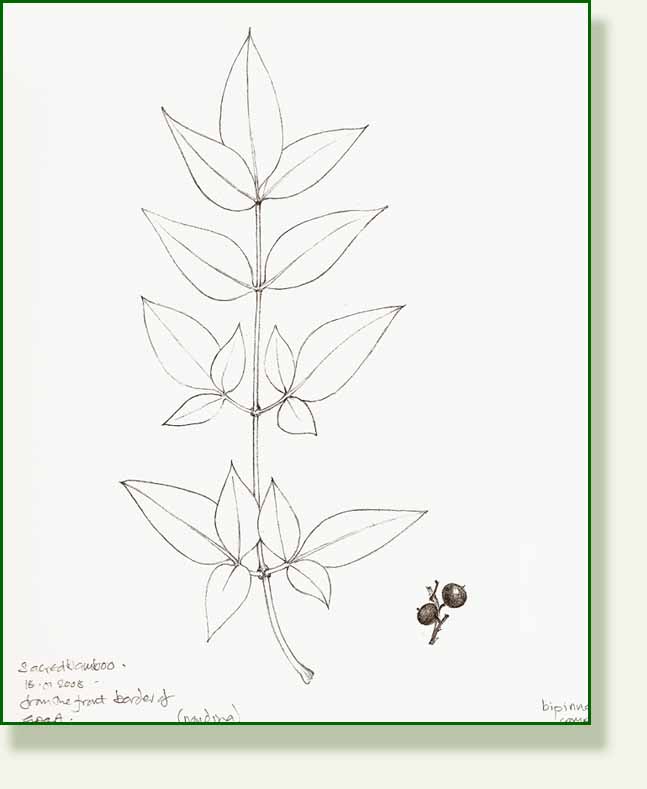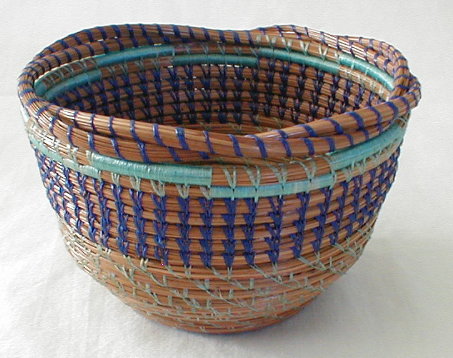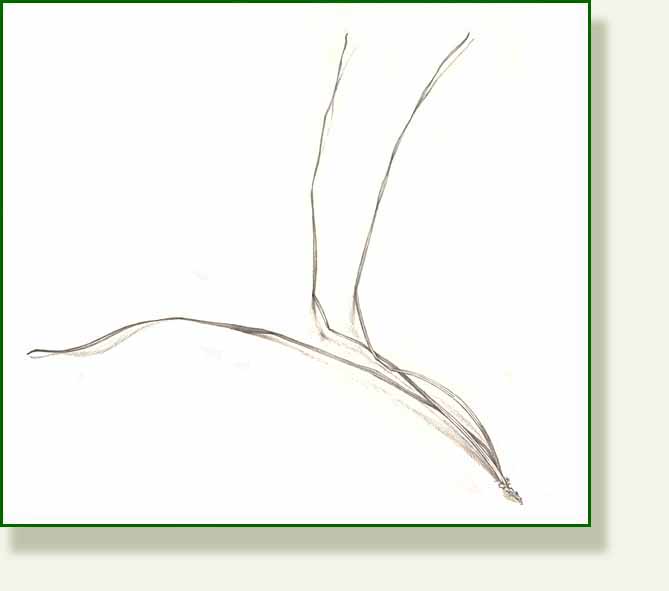This is my last post of January and I am glad I managed to keep up one drawing every day. I am now in England away from the internet so unable to post with an image for about 10 days but hopefully will be doing some drawing every day… English leaves this time. I will post the results when I return.
While doing my daily drawings I have been working, bit by bit, on a more detailed study. Like many other artists I chose a maple leaf to draw. My main reason was to have something that would not wilt immediately and which I could leave and come back to over a space of about a week.
This dried leaf is one of many that have been blowing around the apartment, they are not there for long as 3 men clad in combat gear with ferocious blowers come often to round up these offending untidy leaves. They are then put in the dumpster.. dustbin to us Brits. Just one of the many words which sometimes make my conversations here completely incomprehensible to both parties. Use of the ‘wrong’ words in America can land you in deep and embarrassing trouble… but then you know that!
It seems a shame in some ways to reduce the yellows and oranges of this pretty leaf to greys but it was interesting to try to work out the tonal values.
I had to photograph it this time and I find that many of the subtle tones are lost, but it’s not too bad.
I now have to move onto more complicated studies so posting a drawing every day will perhaps prove impossible but I am aiming for 5 a week in February… we will see !
________________________________________________



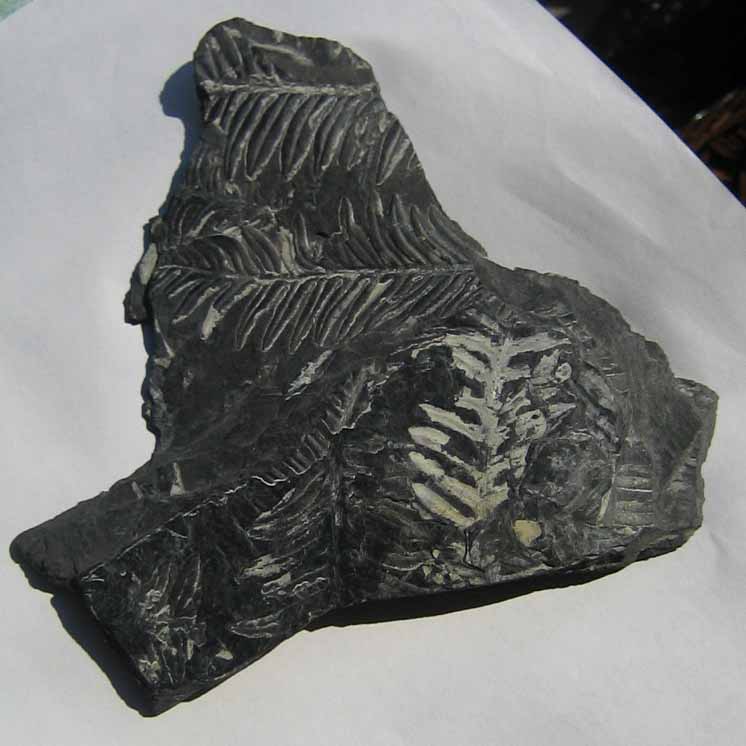 On Saturday I found a good shop nearby which sells all sort of antiquities from Egyptian
On Saturday I found a good shop nearby which sells all sort of antiquities from Egyptian 